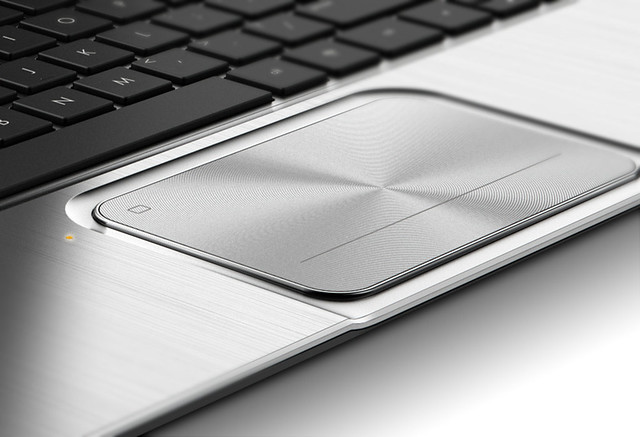HP is responding to the need for innovation and development, so for before performance, they also innovate their products to fit for the present need and market demand..
Ask – and you shall receiveConsumer demand is also responsible for elevating PC design to another level. We’re pretty particular about how we use our devices and what we use them for – just one of the reasons why we have multiple devices for multiple things, like work, school, personal and more. And it’s that demand that keeps us on our toes.
We pay careful attention to your feedback in emails and on our consumer support
Forums about how you use your PCs for work, school and play. That “ear to the ground” insight helps us make sure we’re offering the kind of design options that keep your needs in mind.
There’s something to be said for sleekness and innovation in design, especially when it comes to your PC. Because we know you don’t want to drag around a heavy, cumbersome, un-cool looking machine to conferences, across airports, on trains, or around campus.
So, in the spirit of good design, take a look at our top picks for notebook and desktop PCs – and see examples of both form and function with the ENVY x2 and ENVY Touchsmart Ultrabook 4and the SpectreONE all-in-one desktop. From hybrid notebook-tablets and touch-sensitive machines to all-in-one powerhouses, these designs cross the spectrum – and make everyday computing easier to compute.
The HP ENVY x2: Best of both worldsCake – or cake? Now there’s no reason to choose. The HP ENVY x2 lets users have their proverbial cake and eat it, too, with an elegantly simple hybrid design that is both a notebook and a tablet. The ENVY x2 offers customers even more choices in an ultrathin package, with detachable screen that becomes a full-size tablet weighing only 1.5 pounds when it’s separated from the keyboard via a seamless magnetic latch.
ENVY Touchsmart Ultrabook 4: Simplicity refined
The ENVY Touchsmart Ultrabook 4 brings the power of touch to on-the-go computing in a tough metal design that can handle planes, trains, automobiles, and more. The design is all about simplicity, with brushed black metal, simple HP logo, and silver trim on the outside. On the inside, brushed silver metal surrounds the keyboard.
With a 14-inch multi-touch HD display, the Touchsmart is a thin (less than an inch thick) and sleek machine that also delivers powerful performance with a third-generation Intel Core i3-3217U processor, HD graphics, a 14-inch diagonal HD screen with LED-backlit display, 2GB of system memory, and a 320GB hard drive.
SpectreONE: Good things come in one package
All-in-one PCs have been around for more than 10 years, but better processors, better technology and innovation in LED screens have upped the design quotient – and the SpectreONE is a perfect example of these design-worthy desktops.































